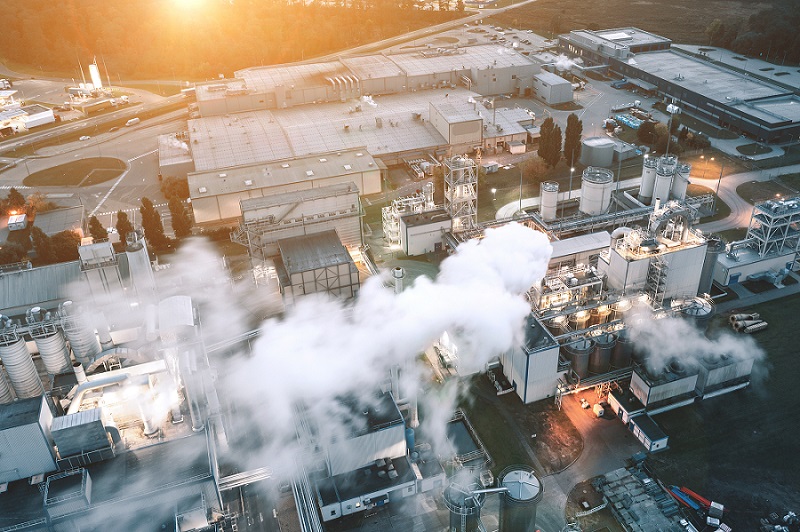Severe supply chain disruptions until H2 2022
After exceptionally strong performance since the second half of 2020, global trade of goods contracted in the second half of 2021. Why? Advanced economies suffer more from supply bottlenecks than from difficulties with demand: 75% of the current contraction in the global volume of trade is due to businesses being unable to maintain production because of lack of inputs and raw materials, and 25% is attributable to extended transportation times.
The outlook for freight transport should also improve soon: the new maritime transport capacities ordered by players in the sector should be operational by the end of 2022, and the increase in US spending on port infrastructure should help to make maritime traffic more fluid.
Europe particularly exposed to input shortages from China
In terms of dependence on imported intermediate inputs, Europe is more exposed than the United States. This means that without production capacity increase and investment in port infrastructure, the normalisation of supply bottlenecks in Europe could be delayed beyond 2022 as demand remains above potential. In Europe, the sectors most exposed to input shortages are household equipment, electronics, automotive, and machinery and equipment.
"China is a significant risk factor for Europe: we estimate that a -10% drop in European imports from China would lead to a -6% drop in activity for the metallurgy sector, -3% for automotive (including transport equipment) and -1% for computers and electronics," explains Ano Kuhanathan, Senior Sector Advisor at Euler Hermes.
Reshoring and nearshoring will remain more talk than walk
Despite current global supply chains disruptions, Euler Hermes fins no clear trend of reshoring (relocation) or nearshoring (local relocation). The only exception is the UK, which is likely to have faced disruptions due to Brexit.
However, protectionism reached a record high in 2021 and should remain elevated in 2022, mainly in the form of non-tariff trade barriers (subsidies, industrial policies, etc.).
Global trade will grow by +5.4% in 2022 and +4% in 2023
Although it is possible that the contraction of world trade will continue in the first quarter of 2022, we expect a normalisation of international trade from the second half of 2022, with three contributing factors:
- A slowdown in household spending on durable goods, due to their long replacement cycle and a shift towards more sustainable consumption behaviour;
- Less severe input shortages, since company inventories in most sectors have returned to their pre-crisis levels and sometimes even exceeded them, with increasing CAPEX (especially in the United States);
- Reduced sea freight congestion, as explained previously;
"Global trade is expected to increase by +5.4% in 2022 and +4% in 2023, and then will gradually return to its pre-crisis level. But watch out for increased global imbalances. The United States will register a record-high trade deficit in 2022-2023 (USD -1,300 billion) — unlike China, which will see its trade surplus reach USD +760 billion on average. Meanwhile the Eurozone will also see a higher-than-average surplus of around USD +330 billion", says Françoise Huang, economist in charge of Asia-Pacific at Euler Hermes.
According to Euler Hermes, energy, electronics, and machinery and equipment sectors should continue to outperform in the next two years. But the main export winner globally in 2023 should be automotive. At the regional level, Asia-Pacific should continue to record the most significant export gains in the years to come, with more than EUR 3,000 billion cumulatively over 2021-2023.
Do you want to know more about the evolution of global trade?
Read our latest articles:
125 results
125 results




